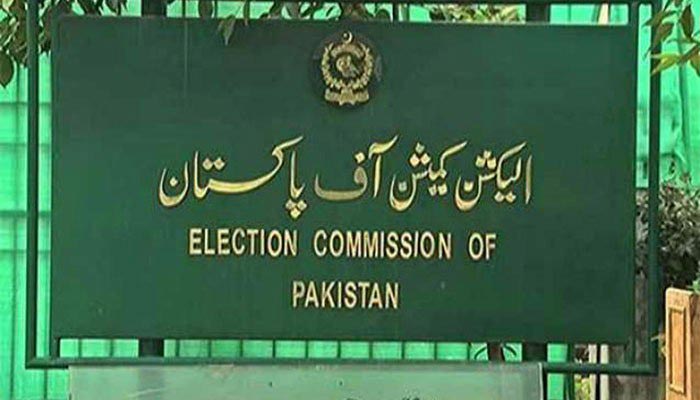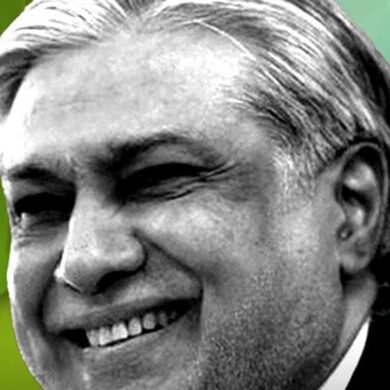Pakistan has witnessed a remarkable increase in its registered voter population over a span of four years, with data released by the Election Commission of Pakistan (ECP) on Tuesday revealing a surge of 21 million voters.
In 2018, the country recorded approximately 106 million registered voters, a number that has now escalated to nearly 127 million as of July 25, 2023.
Breaking down this extensive voter data, it is evident that the number of female voters has notably risen from 46.7 million in 2018 to 58.5 million in the latest figures, constituting roughly 46 percent of the total registered voters. Male voters, meanwhile, comprise 54 percent of the total, amounting to 68.5 million.
Furthermore, an age-wise analysis of the data underscores the significance of the youth vote. Individuals aged between 18 and 35 years old, totaling around 57.1 million, now make up 45 percent of the eligible voting population. This marks a slight increase from the 43.8 percent they represented in the 2018 elections.
In contrast, elderly voters aged 56 and above, who have witnessed Pakistan’s political landscape evolve over time, account for almost 24 million, or 18.9 percent of the overall voter count.
A detailed district-wise breakdown of the data unveils that Punjab residents constitute the largest portion of eligible voters, with 72.3 million voters, making up 56.9 percent of the national total.
Sindh ranks second, contributing 26.6 million voters, comprising 21 percent of the overall count.
Khyber Pakhtunkhwa, which now includes the erstwhile Federally Administered Tribal Areas, is not far behind, boasting almost 21.7 million potential voters, or nearly 17.1 percent of the voter count. Balochistan residents represent 4.2 percent of all voters, totaling 5.3 million, while Islamabad has slightly more than a million voters, making up only a fraction of the national total.



